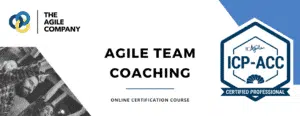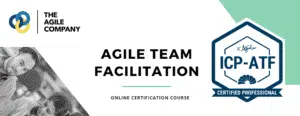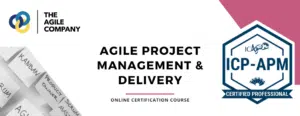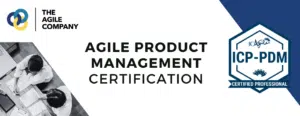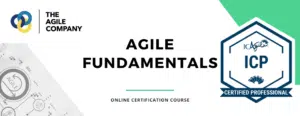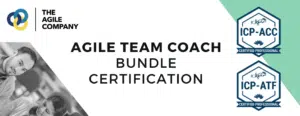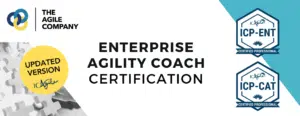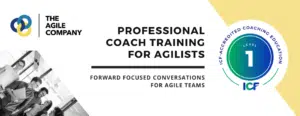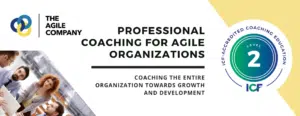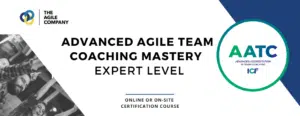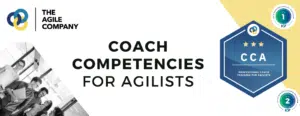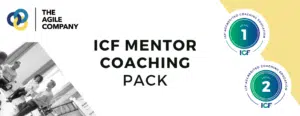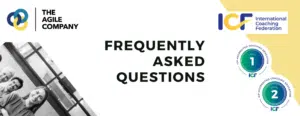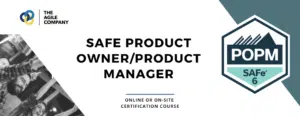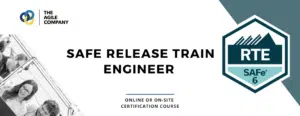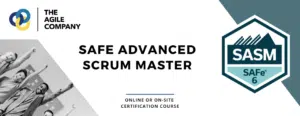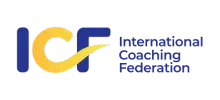Demonstrating the return on investment (ROI) of coaching involves not just showcasing immediate improvements in team performance and project delivery but also emphasizing the long-term benefits in culture, productivity, and adaptability. Here’s how an Agile Coach can effectively demonstrate ROI, or at least some tips to work with.
Start by asking “what is the cost of NOT changing?”
Highlighting the cost of not changing, especially from an Agile coaching perspective, involves painting a clear picture of the potential losses and missed opportunities that stem from maintaining the status quo. This approach not only demonstrates the immediate need for change but also emphasizes the strategic importance of adaptability and continuous improvement. Here’s how an Agile Coach might address this:
Stagnation in a Competitive Market
In a world where technology and customer preferences evolve rapidly, failure to adopt Agile practices can result in stagnation. Teams that do not embrace Agile methodologies often find themselves outpaced by competitors who are more responsive to market changes and customer feedback. The cost here is not just lost revenue, but also diminished market share and relevance.
Decreased Productivity and Efficiency
Without the iterative, incremental approach of Agile, teams are more likely to invest time and resources into features or products that do not meet user needs effectively. The cost of not changing includes increased waste due to rework, delayed feedback loops, and longer time to market, all of which directly impact the bottom line.
Lower Employee Morale and Higher Turnover
Agile practices are not just about improving productivity; they also focus on team empowerment and job satisfaction. By not adopting Agile, organizations risk fostering a work environment marked by burnout, low morale, and high turnover rates. The costs associated with recruiting and training new employees, not to mention the loss of institutional knowledge, can be substantial.
Missed Opportunities for Innovation
Agile methodologies encourage experimentation and learning from failures, which are crucial for innovation. By sticking to traditional, rigid processes, companies miss out on opportunities to innovate and potentially discover breakthrough products or services. The cost here is the loss of potential market leadership and the benefits that come with being an innovator.
Increased Risk and Reduced Resilience
Agile practices improve an organization’s ability to respond to change and manage risk through regular feedback and adaptation. The cost of not changing to an Agile approach is a reduced ability to respond effectively to disruptions, whether they’re technological shifts, market changes, or global events. This inflexibility can lead to significant strategic and operational risks.
A Real-World Scenario
Consider a software development company that resisted adopting Agile methodologies, opting instead to stick with a waterfall approach due to its familiarity and perceived stability. Over time, this company noticed a pattern of delayed projects, ballooning budgets, and a growing disconnect with customer needs. Competitors who adopted Agile were able to release updates more frequently, respond to user feedback in real-time, and gradually captured market share from the company.
As the gap widened, the company faced a critical decision point: continue on the current path and risk further decline, or embrace the change necessary to remain competitive. The realization that the cost of not changing—lost revenue, decreased market position, and dissatisfied customers—far outweighed the investment in Agile transformation prompted a much-needed shift in strategy.
By asking about the cost of not changing, Agile Coaches can make a compelling case for Agile transformation, underscoring the risks and missed opportunities that come with staying rooted in outdated practices. This approach not only highlights the immediate benefits of Agile but also frames the decision to change as a strategic imperative for long-term success and resilience.
Make sure you show and document your value throughout:
1. Setting Clear, Measurable Goals
Demonstrating the return on investment (ROI) of your coaching work is essential for both validating the effectiveness of your methods and establishing the value you bring to your clients or their organizations. Here are several strategies you can use to effectively demonstrate the ROI of your coaching:
Set Clear, Measurable Goals: Baseline Measurements: Begin by establishing clear, measurable goals with your clients. Understand their needs and what success looks like for them. Take baseline measurements of their current state before coaching begins.
Specific Metrics: Identify specific metrics that are relevant to the coaching objectives. This could be performance metrics, psychological assessments, 360-degree feedback scores, etc.
2. Use Data and Feedback for Evaluation
Pre and Post Assessments: Use tools and assessments both before and after the coaching engagement to measure improvement. This could include self-assessments, performance data, or feedback from peers and supervisors.
Surveys and Questionnaires: Collect feedback from the coachee and relevant stakeholders about the perceived impact of the coaching on performance and personal development.
3. Calculate Financial ROI
For corporate clients, calculating the financial return on investment can be very persuasive. This involves quantifying the financial benefits of the coaching (e.g., increased sales, reduced costs, improved productivity) and comparing it to the cost of your coaching services:
4. Document and Share Success Stories
Case Studies: Develop detailed case studies of successful coaching engagements, emphasizing the challenges faced, the coaching interventions used, and the outcomes achieved.
Testimonials : Gather and share testimonials from individuals and organizations that have benefited from your coaching.
5. Leverage Technology for Continuous Feedback
6. Professional Development and Certification
Continuously improve your own skills and obtain certifications from recognized coaching organizations. This adds credibility to your work and can be a form of ROI in itself, as it demonstrates your commitment to delivering high-quality coaching services.
7. Engage in Thought Leadership
Publish articles, speak at conferences, or conduct workshops. Sharing your expertise and success stories publicly can help in illustrating the value and potential ROI of your coaching services to a broader audience.

